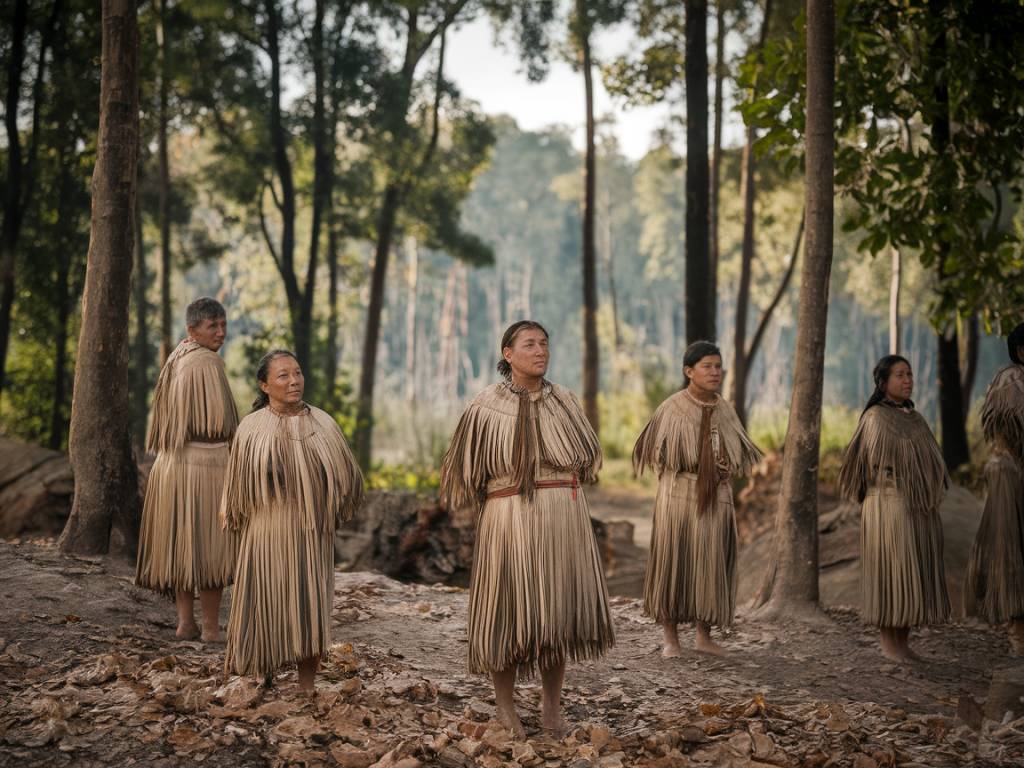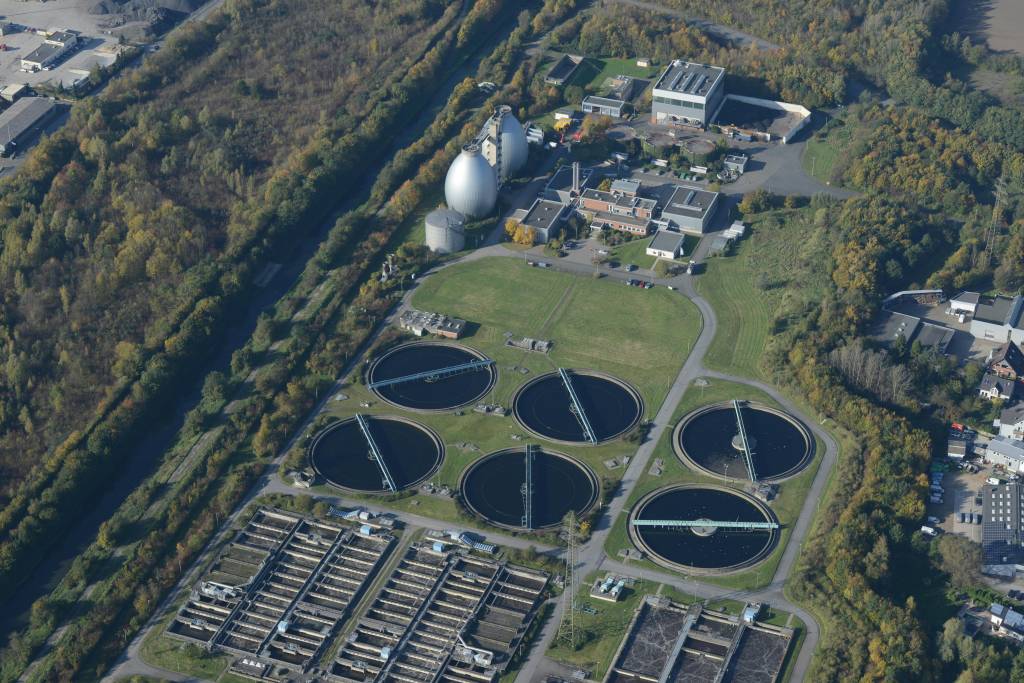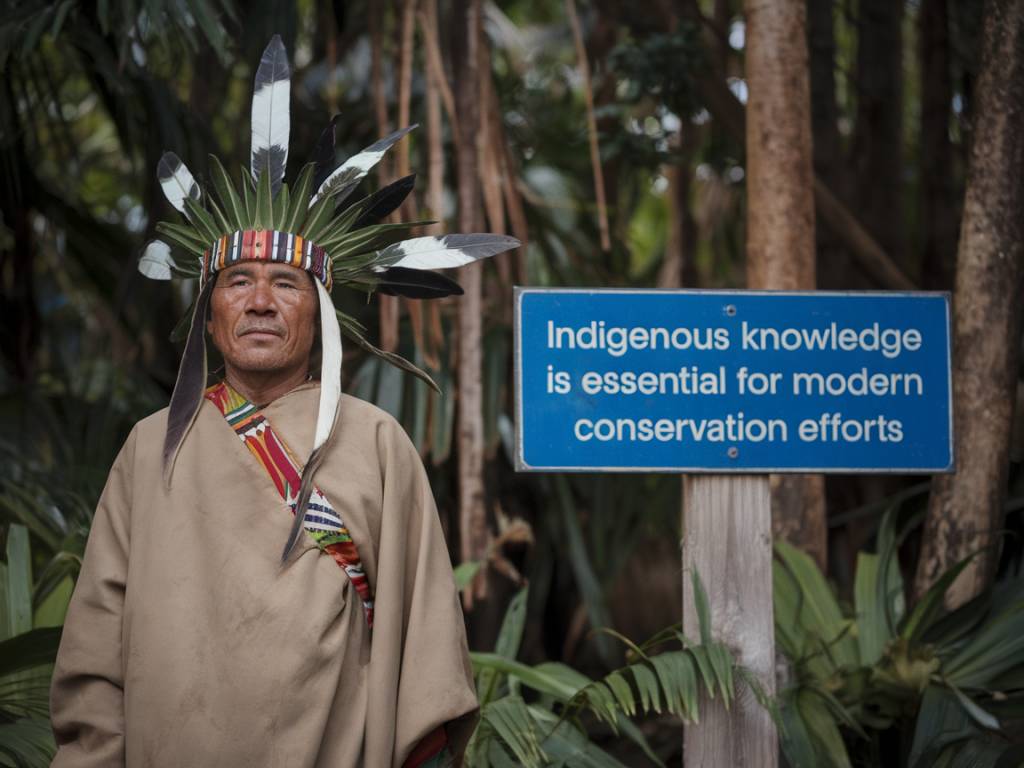The Silent Symphony of Indigenous Wisdom in Modern Conservation
In a world grappling with the realities of climate change and ecological degradation, one might wonder: could the key to sustainable conservation lie within the age-old traditions of indigenous communities? This question leads us on a journey into the heart of ecological knowledge passed down through generations, knowledge that is increasingly being recognized as vital to modern conservation efforts.
The Roots of Indigenous Knowledge
Indigenous knowledge, often referred to as traditional ecological knowledge (TEK), encompasses the skills, practices, and insights accumulated by native cultures over centuries through direct interaction with their environments. Unlike modern scientific methods, which tend to compartmentalize and specialize, indigenous knowledge offers a holistic perspective, integrating a profound understanding of ecosystems and their interconnectedness.
Consider, for instance, the Aymara people in the Andes, who have expertly utilized their knowledge of the region’s microclimates to sustainably cultivate diverse crops. Their practices, harmonized with nature’s rhythms, serve as a testament to a form of ecological wisdom that remains largely untapped by contemporary science.
Bridging the Gap: Science Meets Tradition
What happens when modern conservationists incorporate indigenous perspectives into their strategies? The result is often a more nuanced and effective approach to biodiversity preservation. In Australia, the practice of « fire-stick farming » by Aboriginal peoples—controlled burning to manage ecosystems—has gained acknowledgment by contemporary ecologists for its role in enhancing biodiversity and reducing wildfire risks.
Similarly, conservation projects in the Amazon have begun to draw on the extensive local knowledge of indigenous communities. By understanding traditional land use and forest management, these initiatives foster a symbiotic relationship that not only protects biodiversity but also supports the cultural heritage of indigenous peoples.
Anecdotes of Success
Real-world examples underscore the critical role TEK plays in conservation. In British Columbia, Canada, the Heiltsuk Nation has partnered with scientists to monitor and manage marine resources, leading to a commendable recovery of local herring populations. This collaborative approach showcases how blending indigenous practices with scientific research can yield impressive conservation successes.
Meanwhile, in Kenya, the Maasai communities have long coexisted with wildlife through land-sharing strategies that mitigate human-wildlife conflicts. This philosophy of coexistence is now being revisited as a model for modern wildlife conservation efforts, highlighting the Maasai’s intimate knowledge of animal behavior and ecosystem dynamics.
Challenges and Opportunities
Integrating indigenous knowledge into conservation is not without its challenges. Skepticism from the scientific community and cultural misappropriation pose significant hurdles. Yet, the opportunities for collaboration and mutual respect are immense. By embracing indigenous voices, conservation efforts can benefit from nuanced insights that enrich our collective understanding of ecosystems.
Moreover, there’s a growing recognition of the ethical imperative to involve indigenous communities in the management and decision-making processes concerning their ancestral lands. This not only ensures the protection of biodiversity but also upholds the rights and dignity of indigenous peoples.
Looking Ahead: Fostering Collaboration
So, how can modern conservation efforts continue to harness the power of indigenous knowledge? It begins with fostering a genuine partnership rooted in mutual respect. Conservationists must approach these relationships with humility and a willingness to listen, recognizing that the knowledge held by indigenous communities is a resource as rich as the ecosystems they inhabit.
Educational initiatives and joint research projects can bridge gaps between traditional and scientific knowledge, while platforms that amplify indigenous voices are crucial for advocating cultural preservation alongside environmental protection.
As we look toward a future of sustainable harmony with nature, it’s clear that indigenous knowledge offers a path not only for environmental stewardship but also for cultural resilience. By weaving together the ancient and the modern, we may yet compose a narrative of conservation that sings with both wisdom and hope.




